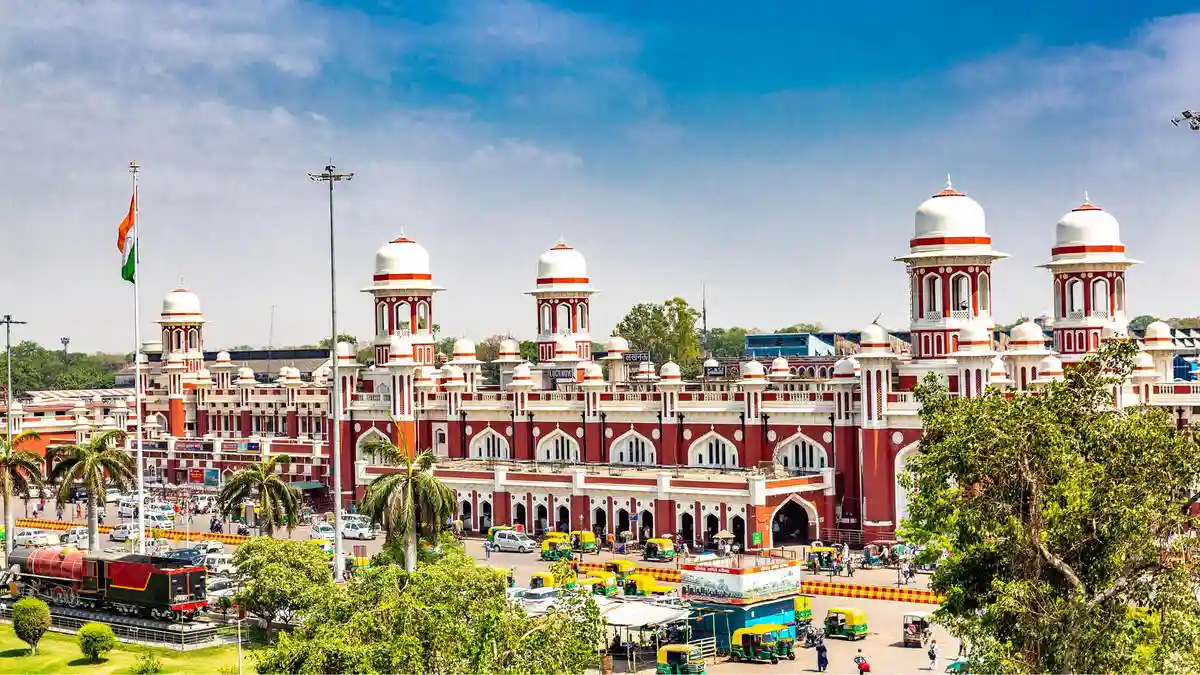

Lucknow, the capital of Uttar Pradesh, is famous for its Nawabi culture, historic monuments, and delicious Awadhi cuisine. Situated on the banks of the Gomti River, it is known as the "City of Nawabs" and the "Shiraz of the East." Landmarks like Bara Imambara, Rumi Darwaza, and beautiful gardens showcase its rich architectural heritage. Lucknow attracts tourists with its Ganga-Jamuni tehzeeb, chikankari handicrafts, and mouth-watering kebabs. Urdu is the main language, while Hindi and other regional languages are also widely spoken.
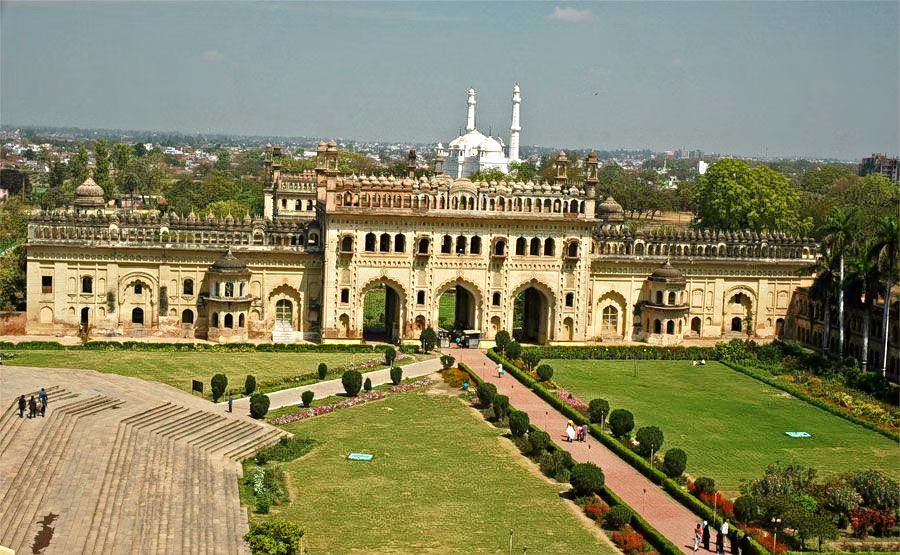
Bara Imambara, located in the heart of Lucknow, is a magnificent historical monument built by Nawab Asaf-ud-Daula in 1784. Famous for its grand hall and intricate Mughal-Nawabi architecture, it also houses the intriguing Bhool Bhulaiya (maze), attracting tourists from all over. Visitors can explore its labyrinthine corridors, admire the ornate ceilings, and experience the rich cultural heritage of Lucknow. This iconic site offers a unique blend of history, architecture, and adventure, making it a must-visit destination for every traveler.
Chota Imambara, also known as the Imambara of Hussainabad, is a stunning 19th-century monument built by Nawab Muhammad Ali Shah in Lucknow. Renowned for its beautiful golden dome, intricate decorations, and sparkling chandeliers, it serves both as a place of worship and a center of cultural heritage. Tourists can admire its exquisite Mughal-Nawabi architecture, ornate calligraphy, and serene courtyard, making Chota Imambara a must-visit site for those exploring the rich history and artistry of Lucknow.
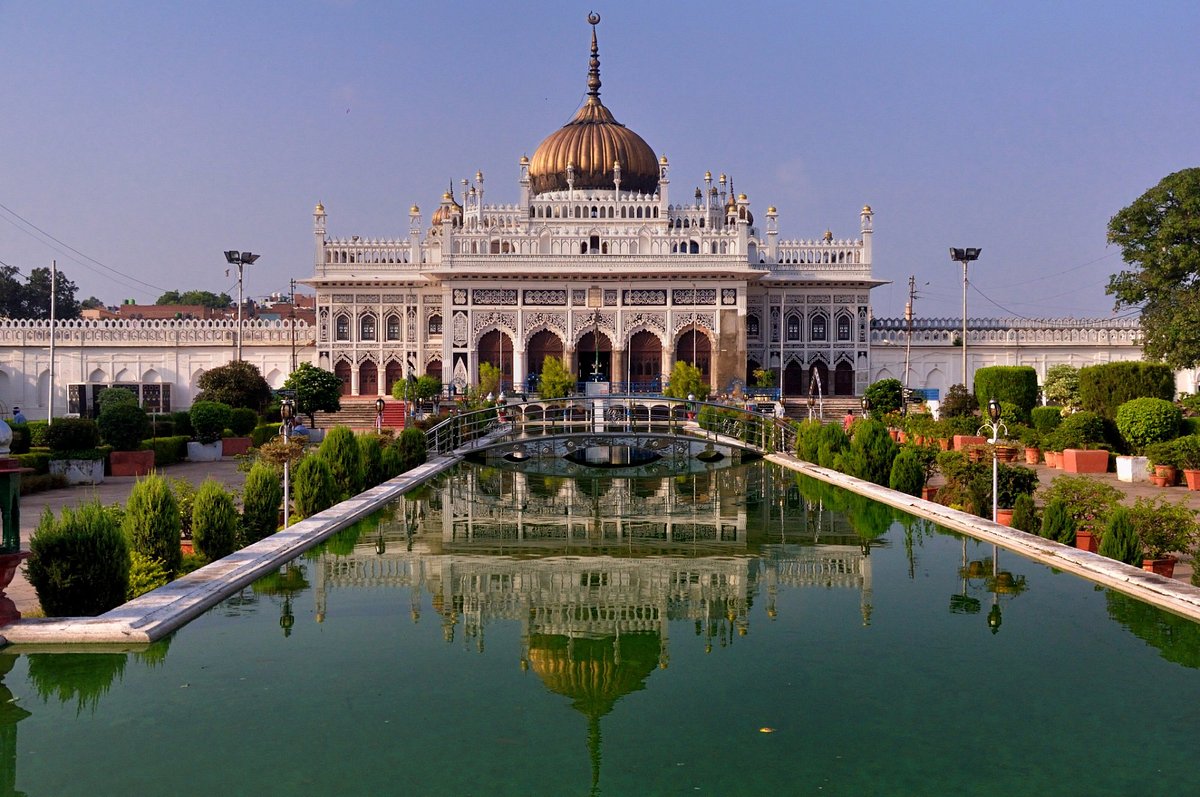
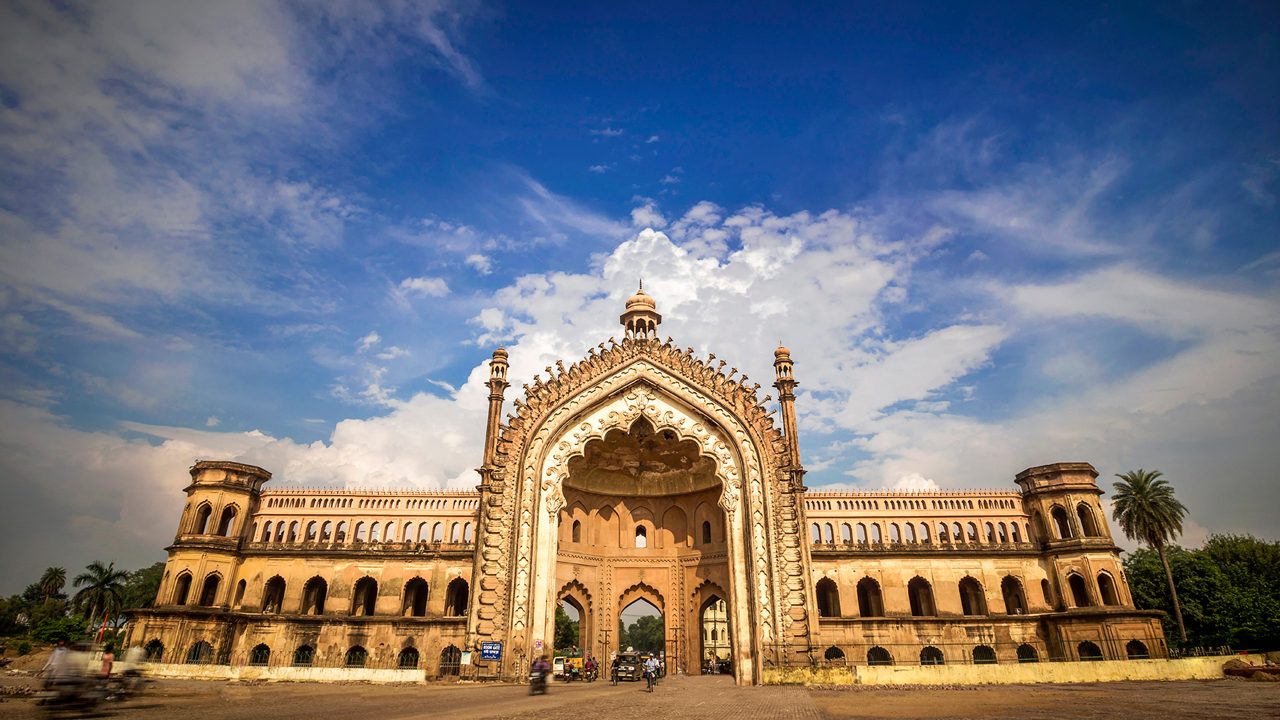
Rumi Darwaza, also known as the “Turkish Gate,” is a historic architectural marvel in Lucknow. Built in 1784 by Nawab Asaf-ud-Daula, it stands approximately 60 feet (18 meters) tall and exemplifies the grandeur of Awadhi architecture. Inspired by the Sublime Porte of Istanbul, the gateway features a massive arch topped with an octagonal dome, creating a striking silhouette against the skyline. Historically, it served as the entrance to the old city and remains an iconic symbol of Lucknow’s rich cultural heritage. Today, Rumi Darwaza attracts tourists, photographers, and architecture enthusiasts from around the world, offering a glimpse into the city’s royal past and artistic brilliance.
Hazratganj Market, located in the heart of Lucknow, is the city’s most famous shopping and cultural hub. Known for its historic colonial-era architecture, wide streets, and vibrant atmosphere, Hazratganj offers a unique blend of shopping, dining, and entertainment experiences. Tourists can explore trendy boutiques, jewelry stores, cafes, traditional eateries, and local handicrafts, making it a must-visit destination for anyone visiting Lucknow. The market also comes alive during festivals and special events, reflecting the city’s rich heritage and Nawabi charm.
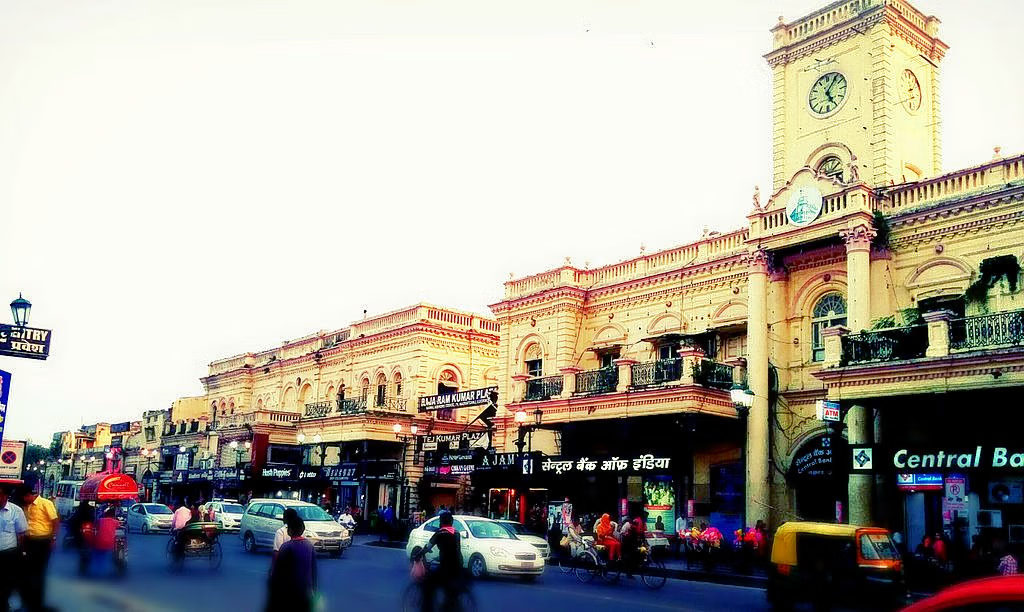 >
>
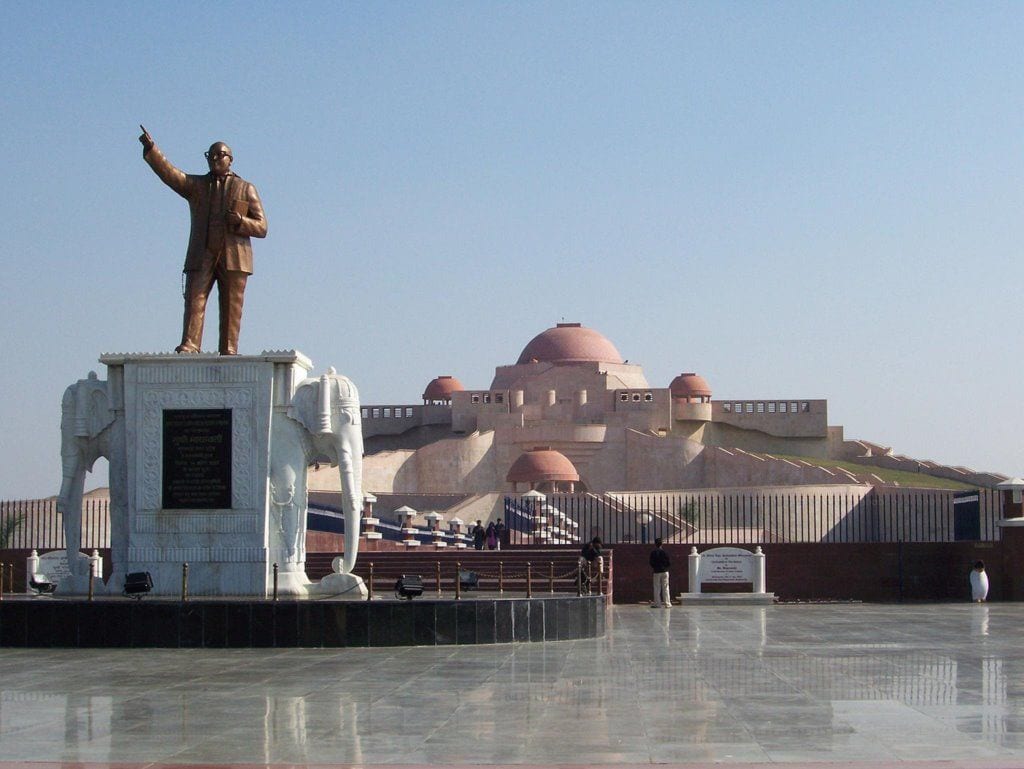
Ambedkar Memorial Park in Lucknow is a magnificent public monument dedicated to Dr. B.R. Ambedkar and the ideals of social justice. The park features grand statues, intricate sculptures, and beautifully landscaped gardens, attracting tourists, history enthusiasts, and photographers alike. Serving as both a cultural landmark and a symbol of equality, Ambedkar Memorial Park offers visitors a chance to explore the rich heritage, architectural brilliance, and the legacy of social reform in Lucknow.
The British Residency in Lucknow is a historic monument reflecting the grandeur of the city’s colonial past. Built in the 18th and 19th centuries, it played a central role during the First War of Independence in 1857. The residency showcases stunning colonial architecture, sprawling courtyards, and expansive gardens, attracting tourists, history enthusiasts, and photographers. Today, it stands as an iconic landmark, offering visitors a glimpse into Lucknow’s rich heritage and historical legacy.
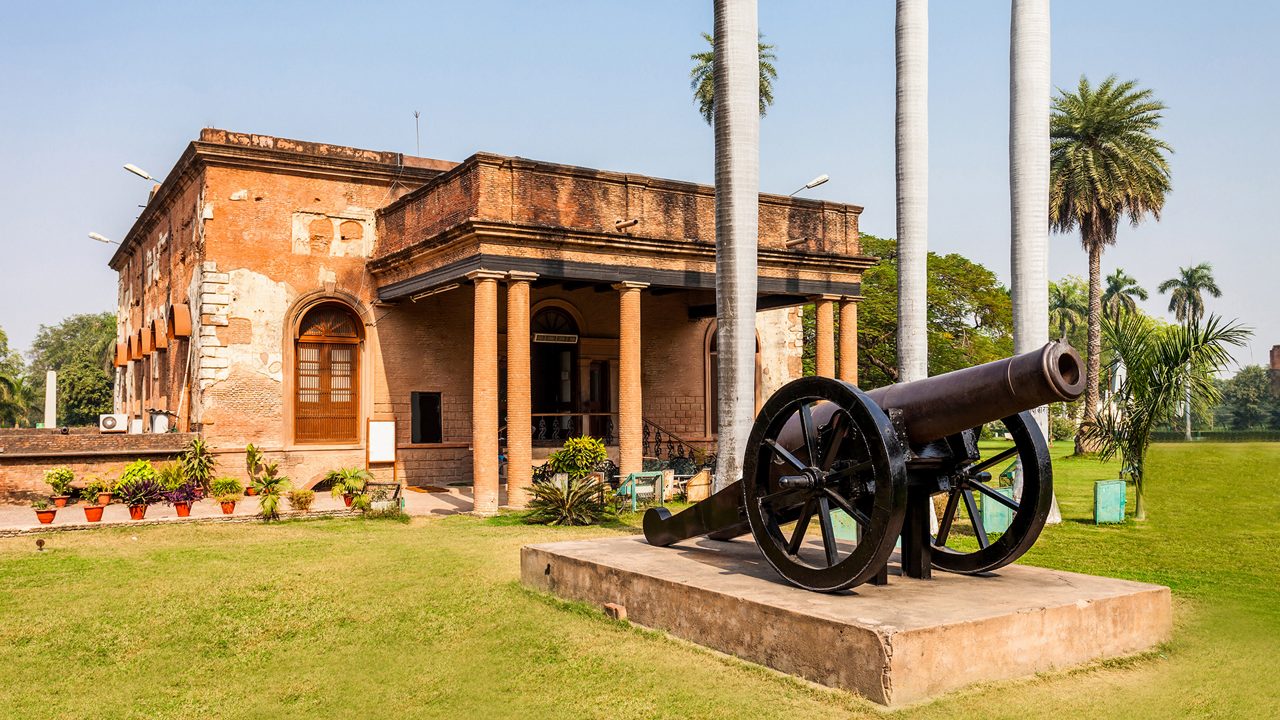
Lucknow Zoo, also known as Nawab Wajid Ali Shah Prani Udyan, is a popular destination for tourists and families. Located in the heart of the city, it houses a wide variety of animals, birds, and plant species. Visitors, especially children, can enjoy close encounters with nature while learning about wildlife conservation. The zoo offers a perfect blend of education, recreation, and natural beauty, making it a must-visit attraction for families exploring Lucknow.
Chattar Manzil, a prominent historic palace in Lucknow, exemplifies Nawabi style blended with Mughal architectural influences. Located in the heart of the city, it is famous for its unique domed roofs and charming courtyard. Tourists can explore the rich royal heritage, admire the architectural beauty, and experience a glimpse of Lucknow’s opulent history.
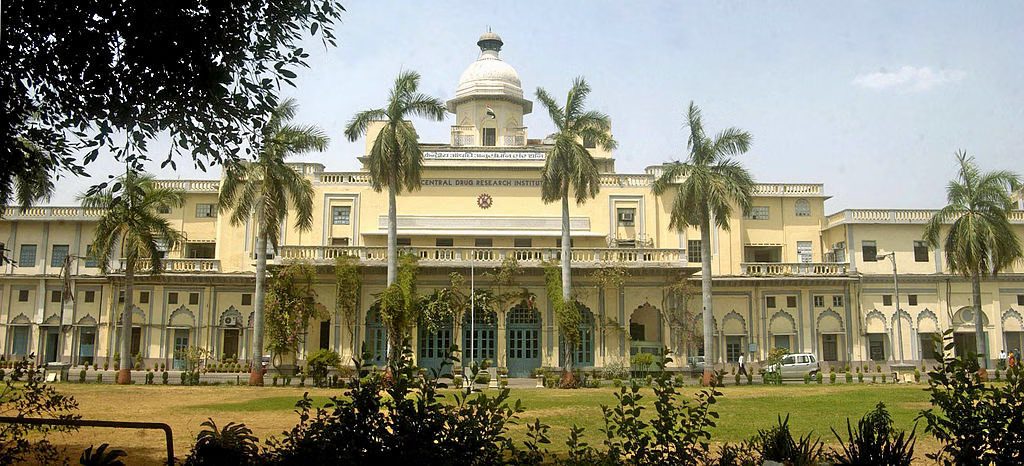
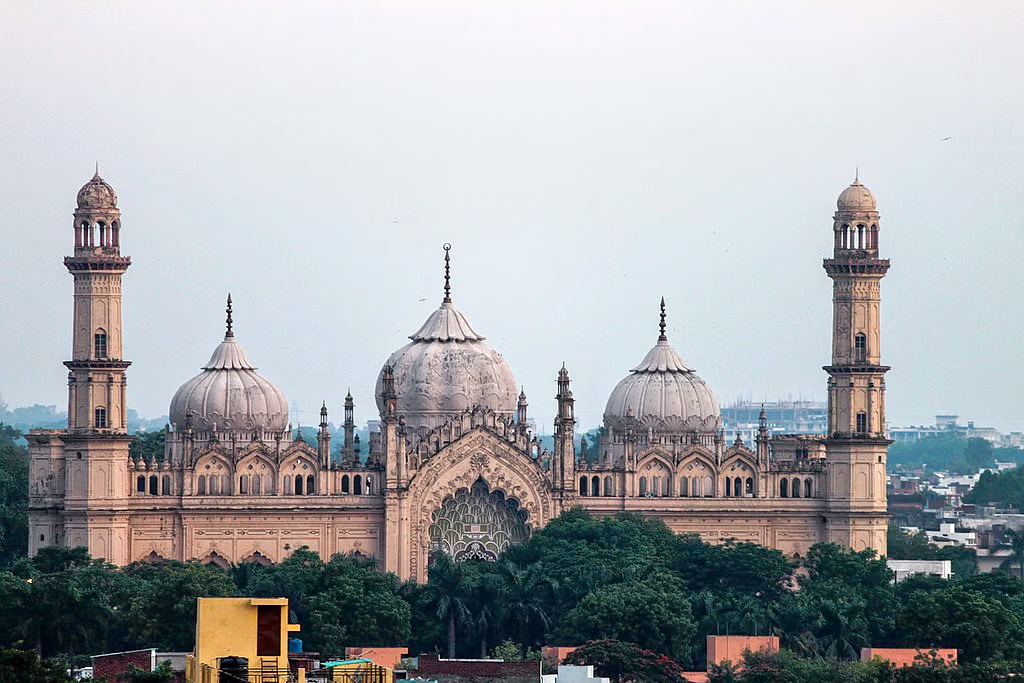
All Saints Cathedral – Prayagraj’s Gothic Marvel Tourists visiting Prayagraj must see All Saints Cathedral, locally called "Patthar Girja" (Church of Stones). Built in 1871 by British architect Sir William Emerson, it showcases Gothic Revival architecture with towering spires, arched windows, and intricately carved stone façades. A true masterpiece, it is perfect for tourists who love history and architecture.
Satkhanda, located in Lucknow, is a historic 18th-century watchtower known for its seven-tiered structure. Commissioned by Nawab Asaf-ud-Daula, the tower, though never fully completed, exemplifies the grandeur of Nawabi architecture. Tourists visit Satkhanda to admire its historic significance, architectural brilliance, and panoramic views of the city, making it a must-see landmark in Lucknow.
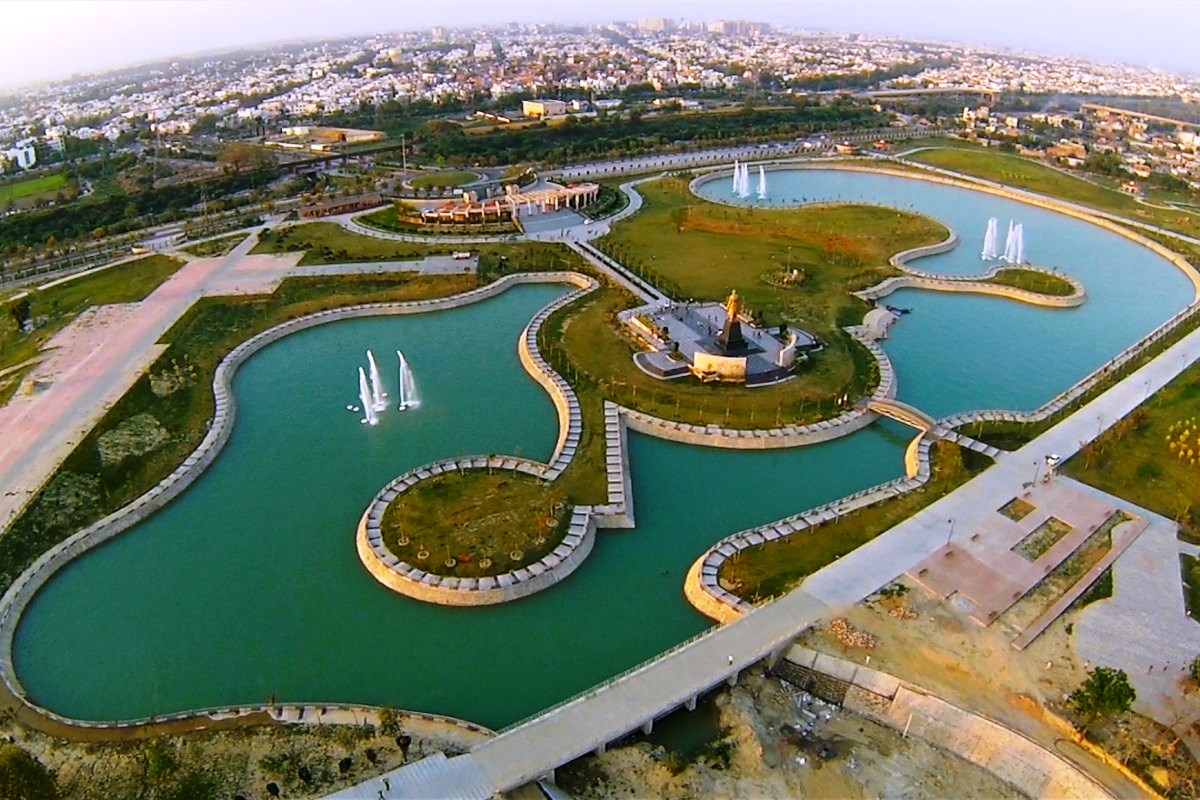
Janeshwar Mishra Park, located in Lucknow, is a sprawling urban green oasis featuring lush lawns, artificial lakes, and open spaces. It serves as a prime destination for tourists and locals alike to relax, jog, picnic, and enjoy nature. With its well-laid pathways, scenic beauty, and recreational facilities, the park is one of the must-visit attractions in Lucknow.